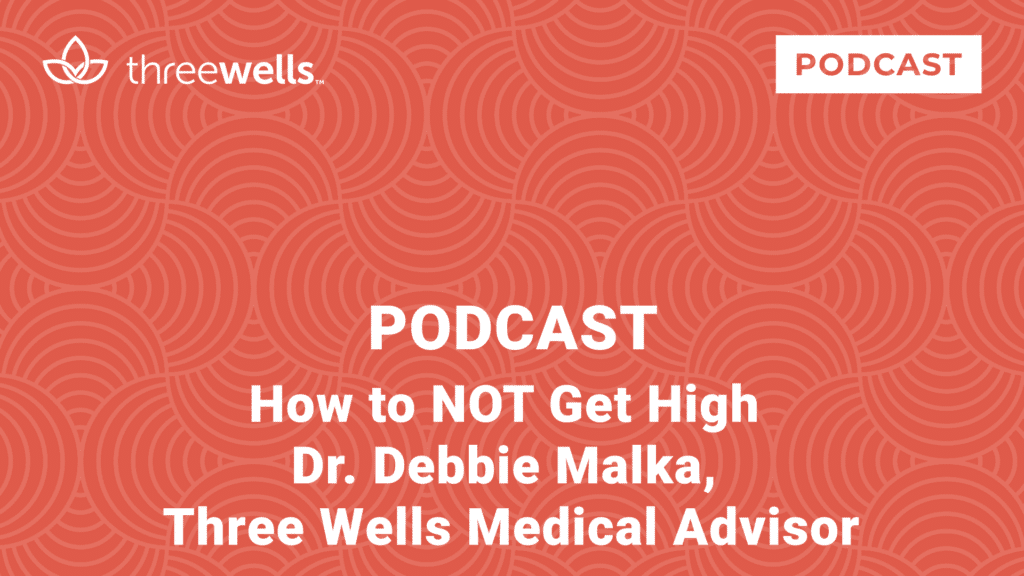Cannabis for Harm Reduction
For many years marijuana (cannabis) was portrayed as a harmful drug, which was a “gateway” leading to heavier drugs and addiction. Due in part because of the stigma of being illegal, few people were aware of the health benefits of the plant. There is no evidence that cannabis is a gateway drug. In fact, some now think it can help addicts “EXIT” out of harmful drug use.
It’s an odd phrase, but “harm reduction” is actually an important approach in helping people either end their addiction, or reduce the risks of taking drugs. Today, many healthcare professionals are beginning to prescribe cannabis to replace harmful drugs, as well as alcohol or tobacco. Because of its benefit to (low) risk ratio, cannabis is an effective choice for harm reduction.
One of the most important approaches is the use of medical cannabis to supplement, reduce or replace opiates taken for chronic pain. Evidence suggests that cannabis used with opiates leads to a greater relief of pain. This can result in a reduction in the overall amount of opiates required.[1] Cannabis may also reduce other problems associated with painkillers, such as withdrawal or tolerance to opiates.[2]
A study conducted in 2009 indicated that a surprising number of people have substituted marijuana for other drugs. According to the survey, 40% use cannabis as a substitute for alcohol, 26% for hard drugs and 66% for prescription medication.[3] Whether it is used for patients to reduce their daily cocktail of prescription medications, or to help heavy drinkers or addicts cut down or quit, cannabis can reduce the dangers of drug use. It will likely play a significant role in ending the profound opioid epidemic in the U.S.




